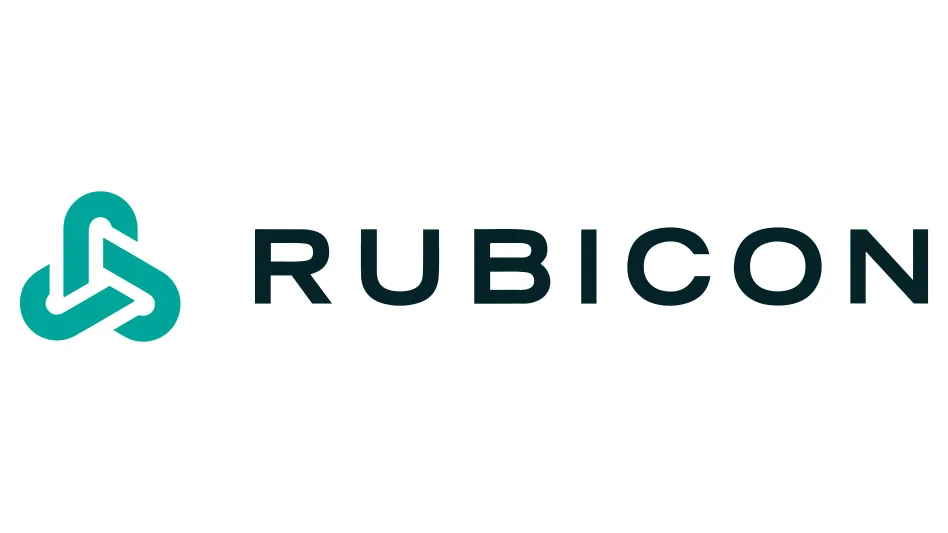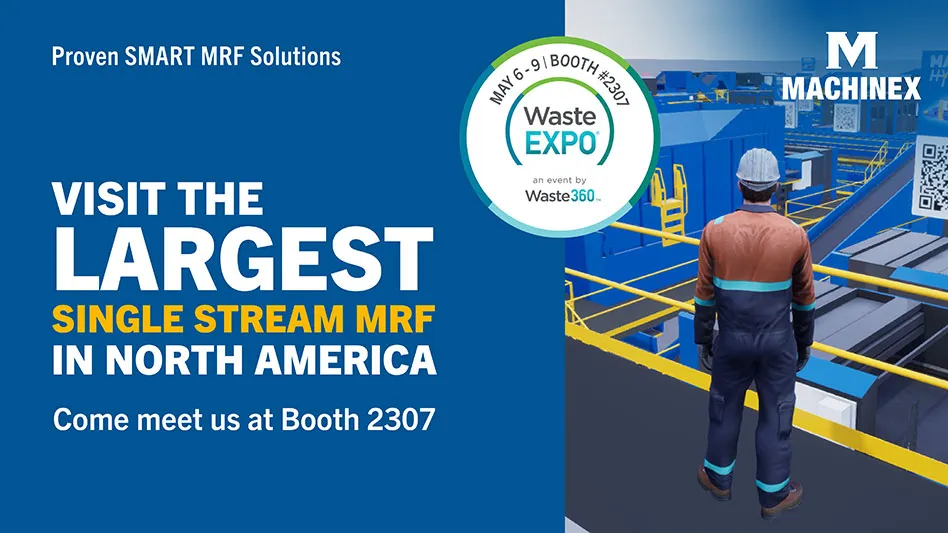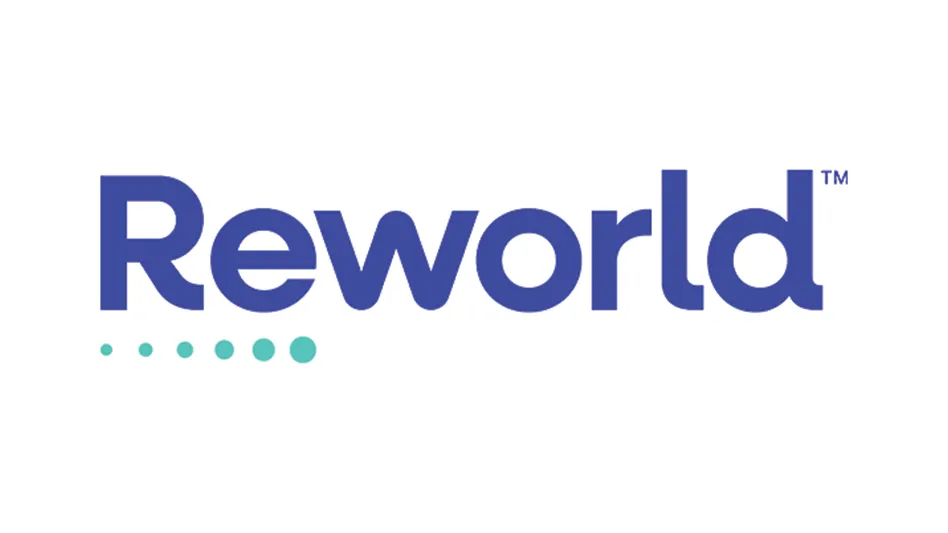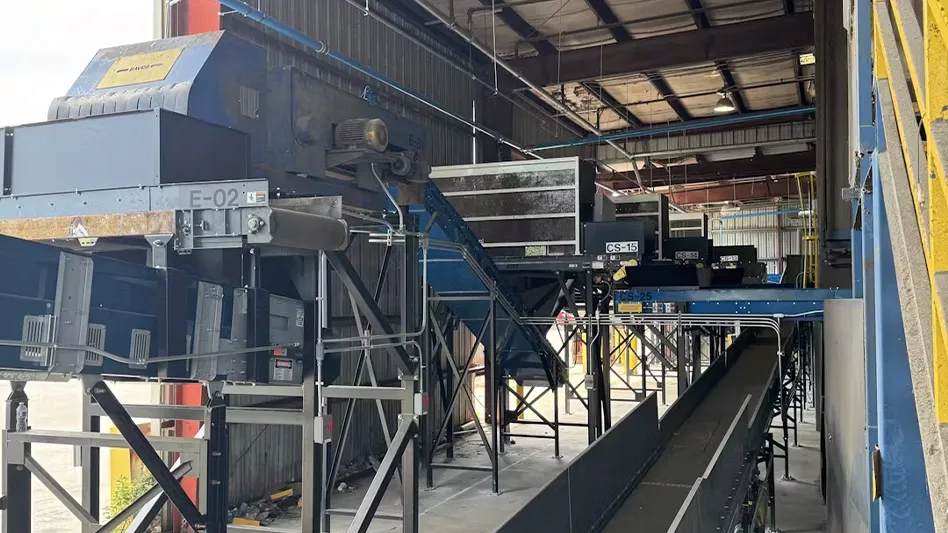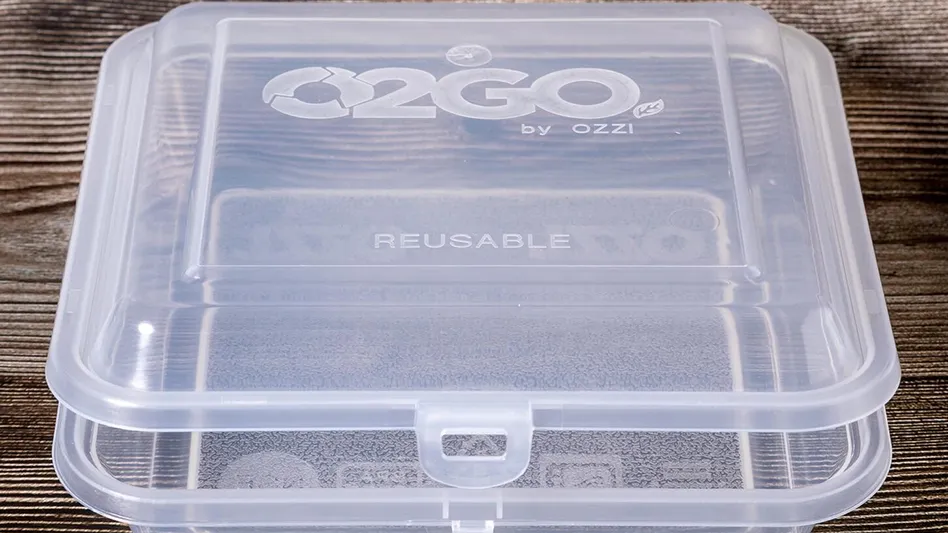After three months of relatively flat pricing, ferrous scrap shippers received anywhere from $10 to $25 per ton more for their scrap in the April 2018 buying period, depending on the grade and the destination.
Overseas buyers increased their bids along the Atlantic Coast, with American Metal Market (AMM) East Coast export pricing rising from $327 in March to $353 in April.
A processor in the Southeast indicates ferrous scrap export shipping out of Savannah, Georgia, remains modest, with domestic mills buying steadily and absorbing the region’s scrap easily.

A recycler based in the Northeast who attended ISRI2018 in Las Vegas in mid-April, however, said containerized ferrous scrap buying has been heavy in his region in the first four months of 2018.
At the event, hosted by the Washington-based Institute of Scrap Recycling Industries (ISRI), attendees from the ferrous sector largely were upbeat. Scrap restrictions announced by China’s government play a much larger role in the plastics, paper and
At the Ferrous Spotlight session at ISRI2018, attendees were reminded the steelmaking sector in the United States is among the global leaders in its use of scrap-fed electric arc furnace (EAF) technology, with about two-thirds of its steel made via EAFs.
However, a speaker at the session indicated issues with the metallurgical chemistry of scrap are causing steelmakers increasingly to turn to iron-based metallics, such as direct-reduced iron (DRI) and hot
Philip Bell of the Washington-based Steel Manufacturers Association (SMA) noted steelmakers in the U.S. used 40 percent scrap as feedstock in 2008, a figure that had grown to just 43 percent in 2017 despite growth in EAF market share and steelmakers having access to a significant national ferrous scrap surplus.
“Dealing with Class I railroads is like being forced to give a bad waiter a big tip.” – Philip Bell, Steel Manufacturers Association
The share of iron-based metallics, such as pig iron, HBI
“Scrap is going to continue to be the primary raw material for EAFs,” Bell said, but he added that because its “chemistry can be variable,” some steelmakers are investing in DRI and HBI alternatives.
Bell pointed to the chemistry of No. 2 heavy melting steel (HMS) bundles as having declined in recent years. Despite the quality efforts of shredding plant operators, because “obsolete scrap is growing as a percentage of overall scrap,” it negatively affects the overall chemistry quality of ferrous scrap, he said.
Despite this gray cloud, Bell pointed out that additional EAF capacity coming online in the U.S. in 2018 and the following years likely will help maintain strong demand for ferrous scrap in the domestic market.
Globally, the EAF market share of 24.3 percent is likely to rise, he said, with basic oxygen furnace (BOF) capacity in China being slowly replaced by EAF production.

Nathan Fruchter of Lawrence, New York-based Idoru Trading Corp. advised ferrous scrap shippers to beware of contract language that protects buyers in the case of shipping disruptions but that may leave sellers at risk.
He advised ferrous scrap exporters “to include certain clauses in your contacts” that “protect against shipping changes one cannot control.” Fruchter urged them to get confirmation letters from shipping lines when booking initially.
He also provided Ferrous Spotlight attendees with several reasons (and examples) why they should consider hedging some of their transactions via futures contracts now available from Nasdaq, the Chicago Mercantile Exchange (CME) and the London Metal Exchange (LME).
Recyclers, Fruchter said, are open to risk from price movements “with product building up in inventory during a 30-day period.” He also said that while steel mills “can stop buying scrap for weeks,” recyclers cannot turn away too much supply and, thus, also would benefit on that front by hedging some of their
Sean Davidson, who works out of Argus Media’s Houston office, provided an overview of recent ferrous scrap and steel pricing. He noted the spread between the price of scrap and of finished steel has been wider than normal much of the past 12 months.
He commented, “It’s been incredibly hard to ship scrap” in late 2017 and early 2018, with problems in the trucking, rail and barge sectors occurring simultaneously.
Regarding the railroads, the SMA’s Bell chimed in, “Dealing with Class I railroads is like being forced to give a bad waiter a big tip.”

Explore the May 2018 Issue
Check out more from this issue and find you next story to read.
Latest from Recycling Today
- Novelis quarterly, full-year net sales down; CEO reports ‘strong improvements’
- Meeting the decarbonization challenge
- Cyclic Materials expands leadership team
- Paper cup acceptance at US mills reaches new milestone
- EPA announces $3B to replace lead service lines
- AMCS showcasing Performance Sustainability Suite at WasteExpo
- New Way and Hyzon unveil first hydrogen fuel cell refuse truck
- Origin Materials introduces tethered PET beverage cap
